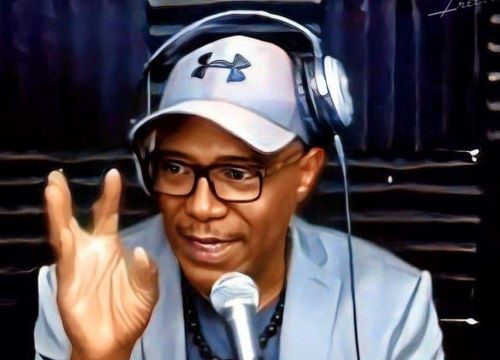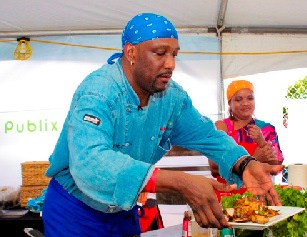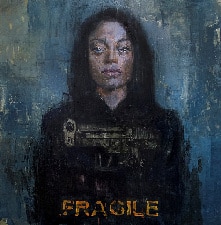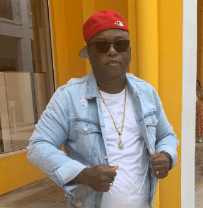The Great Debate: Should Dancehall and Reggae Have Separate Grammy Awards?

by Dr Leo Gilling
SOUTH FLORIDA – There’s been a lot of buzz lately about awarding a Dancehall Grammy separately from the Reggae Grammy. But here’s the question: How can we make this happen when the very authorities responsible for Jamaican music haven’t officially defined the differences between these genres?
From my perspective, Jamaican music is a living, breathing tapestry—a beautiful evolution that began with Mento, flowed into Ska, simmered in Rocksteady, and blossomed into Roots Reggae, Lovers Rock, and Dancehall. These genres didn’t just follow one another; they often coexisted, competing and collaborating in both national and international spaces. The differences are clear for those who grew up with this music. But to the rest of the world, it’s not so straightforward.
So, how do we define these genres for the global stage? Is it the singer, the lyrics, the vibe, the writer, the producer, the venue, or the instruments that make them distinct? We must answer these questions before we can expect international organizations to recognize them as separate entities.
The Birth of Dancehall Music: A Rebellion Turned Revolution
Dancehall didn’t just emerge out of thin air. It was born out of necessity. From the 1950s to the 1970s, Jamaican radio stations often ignored certain types of music. So, where did these songs find a home? In the dance halls, where sound systems ruled the night. This gave birth to the “version,” the flip side of a record, often stripped down to just drums and bass, leaving space for DJs to “toast” over the music. These DJs didn’t just play records; they performed, creating a unique experience for the crowd.
Artists like U-Roy, I-Roy, Scotty, King Stitt, Lone Ranger, Tappa Zukie, Michie & Smilie, Yellowman, Hugh Brown, Beres Hammond, and George Nooks didn’t set out to create a new genre. They were recording Reggae tracks. But in the dance halls, with a mic in hand and a crowd at their feet, they were nicing up the dance,” laying the foundation for what would become Dancehall.
By the late 1980s and 1990s, Dancehall music had fully emerged as its own genre. Singers took a backseat as sing-jays (artists who blend singing and DJing, like Buju Banton, Sizzla, Chronixx, and Tarrus Riley) and pure DJs flooded the international market. The sound was raw, the energy was electric, and the culture was undeniable.
The Big Question: How Do We Define Dancehall and Reggae?
This is where it gets tricky. We need clear definitions if we want international organizations like the Grammys to recognize Dancehall and Reggae as separate categories. Is it the rhythm? The lyrics? The instrumentation? The vibe? Or is it something deeper, such as the cultural context, the audience, or the history?
This is a call to action for the music authorities and the Government of Jamaica. It’s time to unite, sit down, and officially define these genres. Let’s build the infrastructure that allows the world to see and celebrate the distinct beauty of both Dancehall and Reggae.
The Beauty of Unity and the Power of Separation
Jamaican music is a global phenomenon—diverse, unique, and endlessly appealing. There’s an argument to be made for keeping it together, just as there’s a case for separating it. After all, we’ve already crowned the King of Reggae (Bob Marley) and the Prince of Reggae (Dennis Brown). But what about Dancehall? Is there a King of Dancehall? A Prince of Dancehall? If so, who would you name?
This isn’t just about awards or categories. It’s about honoring the richness of our musical heritage and ensuring that every artist, every genre, gets the recognition it deserves. So, let’s start the conversation. Let’s define, celebrate, and elevate Jamaican music in all its forms.
What do you think? How would you define Dancehall and Reggae? And who would you crown as the King and Prince of Dancehall?

Diaspora Strategist & Engagement Advocate
Chairman
Jamaica Diaspora Taskforce Action Network
(JDTAN)



